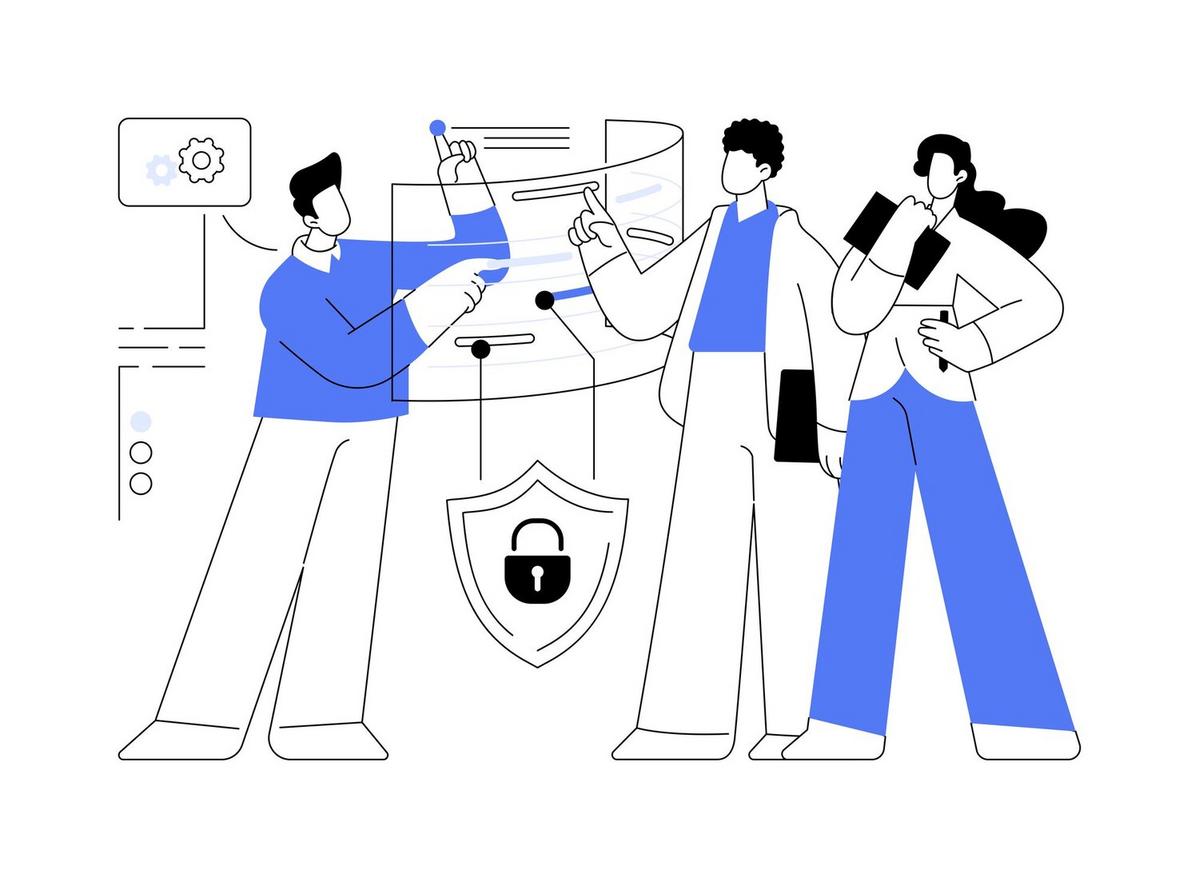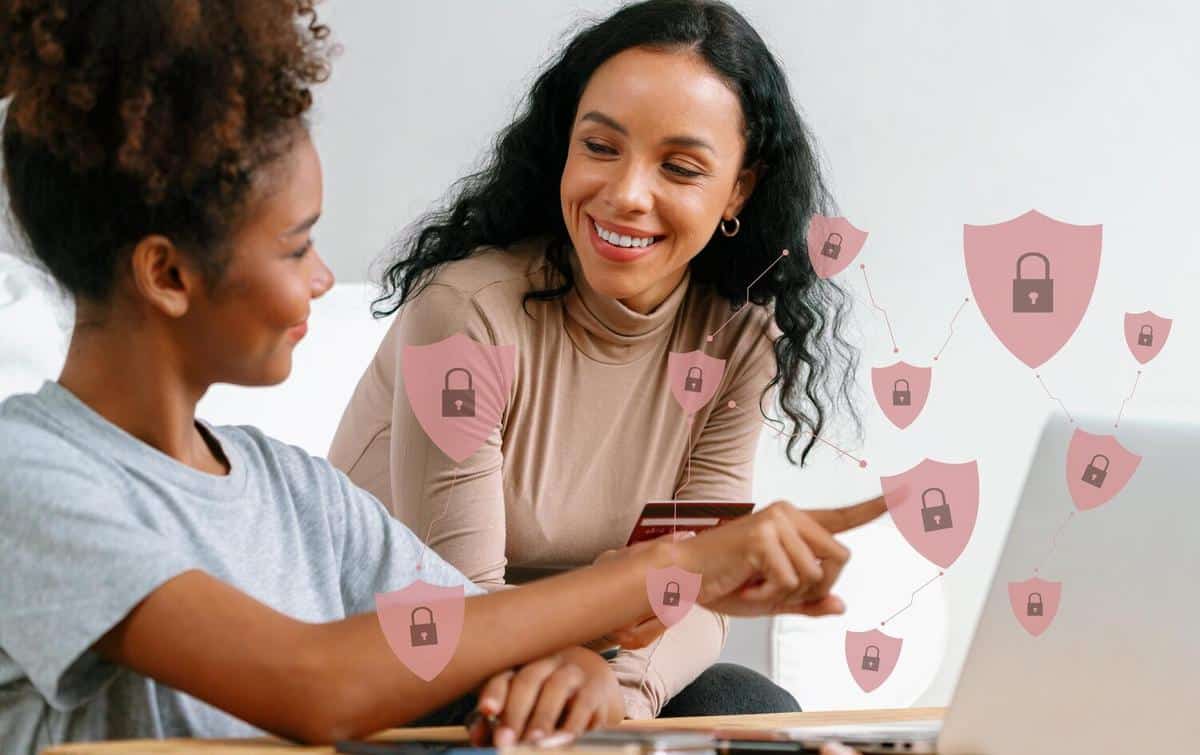
The Role of Online Learning in Pandemic Recovery
As the world continues to adapt in the aftermath of the pandemic, online learning has emerged as a pivotal player in the educational landscape, offering innovative solutions to bridge gaps and foster growth.
The Impact of Online Learning on Education
The pandemic has accelerated the adoption of online learning platforms, reshaping how education is delivered. According to a report by the World Economic Forum, over 1.2 billion children in 186 countries have been affected by school closures due to the pandemic, highlighting the urgent need for remote learning solutions.
Expert Insights
Education expert Dr. Emily Johnson notes, “Online learning platforms have not only ensured continuity of education during the pandemic but have also opened doors to new educational methodologies that were not possible in traditional settings.” This shift has prompted educational institutions to rethink their approaches, integrating technology to enhance learning experiences.
Statistics and Research Findings
A study by the United Nations indicates that online learning has facilitated a more personalized learning experience for students, leading to improved learning outcomes. With the flexibility to learn at their own pace, students have reported greater satisfaction and comprehension.
Personal Experiences and Examples
Consider the example of Mark, a high school teacher who transitioned to online teaching during the pandemic. He observed that his students were more engaged and proactive in participating in online discussions, thanks to the interactive tools available on these platforms.
Actionable Tips for Effective Online Learning
- Set a consistent schedule to create a routine similar to traditional classroom settings.
- Use various digital tools to enhance interaction, such as discussion forums and live Q&A sessions.
- Encourage students to set personal learning goals and track their progress.
- Incorporate multimedia resources to cater to different learning styles.
Pro Tip: Leverage free online resources and courses to supplement traditional curricula and provide a broader range of learning materials.
Comparisons: Traditional vs. Online Learning
| Aspect | Traditional Learning | Online Learning |
|---|---|---|
| Flexibility | Fixed schedule | Flexible schedule |
| Accessibility | Location-dependent | Accessible anywhere |
| Cost | Often higher | Potentially lower |
| Interaction | Face-to-face | Virtual interaction |
| Resources | Physical materials | Digital resources |
| Assessment | Standardized tests | Varied assessment methods |
| Customization | Limited | Highly customizable |
| Engagement | Dependent on teacher | Enhanced with tools |
FAQs on Online Learning
How can online learning platforms improve student engagement?
Online platforms offer interactive tools like quizzes, videos, and games that can enhance student engagement and make learning more enjoyable.
Are online learning platforms accessible for all students?
While online platforms are accessible to many, ensuring access to devices and reliable internet is crucial for inclusivity.
Can online learning replace traditional classroom education?
Online learning can complement traditional education, but a blended approach often yields the best results by combining the strengths of both.
Conclusion
In conclusion, online learning is playing a crucial role in pandemic recovery by providing flexible, accessible, and innovative educational solutions. As we continue to navigate these changes, embracing these platforms can lead to more personalized and effective learning experiences. By leveraging the strengths of online learning, educators and students alike can thrive in this evolving landscape.
For more information on online learning strategies and resources, explore our comprehensive guide on online learning.


